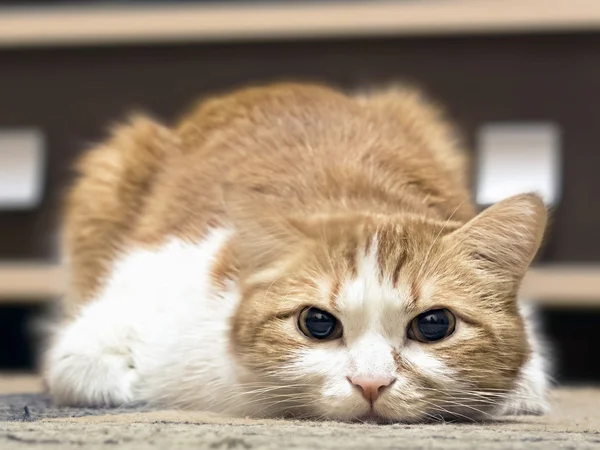
Ever thought your cat’s marathon nap sessions extreme laziness? Well, here’s the thing: they could be quietly sending an SOS. Cats are experts at hiding their emotions, and loneliness is something that doesn’t show itself until it finds expression in strange, uncharacteristic behaviors. For owners who’d rather pretend they’re attuned to every twitch of whisker, detecting these changes early pays enormous dividends.

Current data from behaviorists and studies on pet companionship show that although some cats are just fine alone, others need animal or human contact. Identifying the signs is not merely to prevent boredom; it’s to save their emotional well-being. Let’s take a closer look at the habits that could indicate that your cat is a bit too lonely and advice on how to make them feel connected once more.
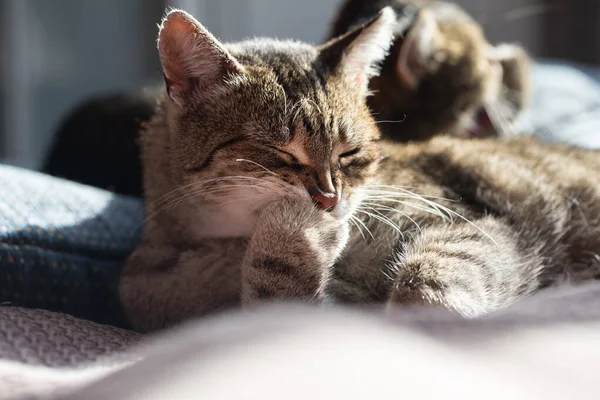
1. Excessive Grooming Behaviors
Over-grooming of course, themselves, or even toys is more than possibly a cute little habit. With Almond, the owner watched as she groomed her stuffed animals incessantly, something that the Ohio State University College of Veterinary Medicine says is a stress or loneliness indicator. Compulsive grooming can be a calming behavior in cats that are emotionally upset.
While grooming is a normal behavior, what matters is to recognize an increase in frequency or vigor. If your cat starts over-grooming suddenly, especially on objects, it’s worth asking if they’re lacking social interaction. Before attributing it to a behavior, rule out skin irritations or health issues with a visit from a vet.
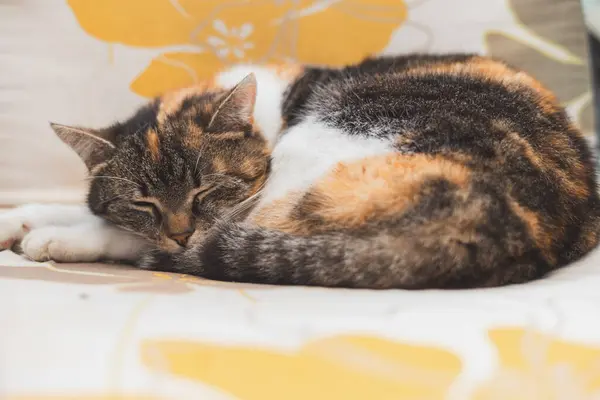
2. Sleeping More Than Usual
Cats sleep a lot, but too much sleeping especially after their regular pattern must be an alarm. Almond sleeping too much was the first time her mom noticed. Isolation is likely to suck the energy out of a cat and push it back to sleeping as a means of coping.
Studies have suggested that level changes are likely to be preceded by emotional changes in animals. A healthy less active cat may be withdrawn lately. Giving some extra playtime or interactive toys can entice them and lift their spirits.

3. Clinginess or Constant Following
They turn into shadows when they are by themselves, following their people everywhere in the house. Clinginess could be their means of substituting for the social deficit. Stephanie Merlin, CFTBS, FFCP, says that “Cats can’t tell us they’re feeling lonely, so it’s up to us to recognize the signs.”
If your cat has suddenly bonded with you, it’s a cue to increase quality interaction. A little play or brush time daily can reassure them and solidify your bond.

4. Unusual Vocalizations
Lonely cats often find their voice sometimes loudly. Excessive meowing, howling, or crying, especially when you’re about to leave or just return home, can be their way of expressing distress. These vocal changes are common in cats experiencing separation anxiety.
While there are certain breeds of cat that tend to be more vocal, a shift in vocalization should be concerning if it occurs suddenly. Comparing sound signals to other behaviors, like clinginess or litter box use, can guide you to loneliness as the underlying problem.
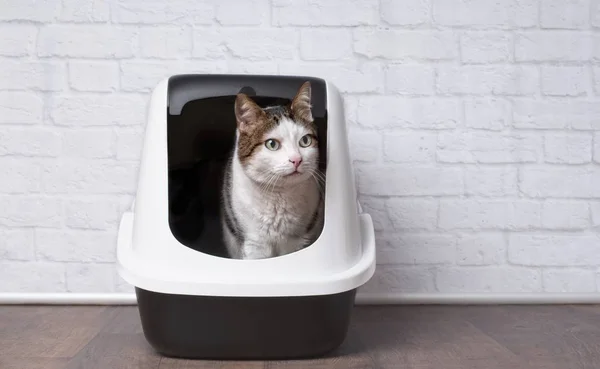
5. Litter Box Behavior Changes
Avoiding the litter box isn’t always a hygiene issue it may be a sign of behavior. Cats will occasionally do this to try to get attention or to show distress, and isolation is one of the things that may induce it. The experts at Feline Behavior Solutions notice that isolation may induce stress that is expressed in altered bathroom behavior.
If the litter box behavior of your cat is altered, eliminate medical causes first. Then consider whether they are being provided sufficient stimulation and attention throughout the day.
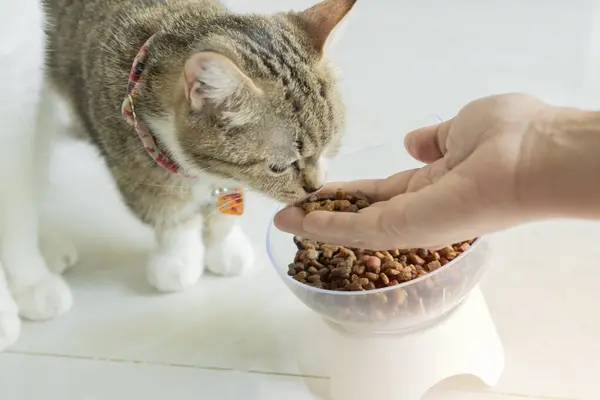
6. Loss of Appetite or Interest in Food
A cat may lose its appetite, consuming less or skipping meals. This was found in studies of animal welfare in which emotional state has a direct influence on feeding behavior. Loss of appetite is also a sign of illness, and this requires a visit to the vet.
If loneliness is the problem, environmental enrichment puzzle feeders, playtime, or even a second pet to keep them company can reward interest in food and routine.
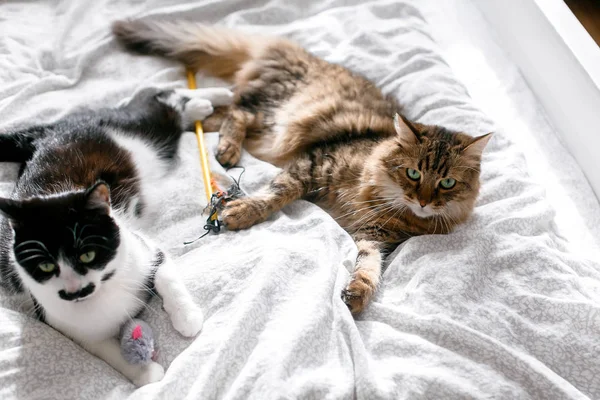
7. Bringing Home a Companion Appropriately
There are cats that adore the idea of having another cat as a companion. Almond’s mom brought home Cashie, and they were an instant hit with one another, and Almond was back to normal. But then there are the less-than-compatible pairings, as @Stacey’s experience would show.
Specialists recommend an ease-in process, i.e., the “other side of the door” feeding ritual and scent exchange before visual introduction. Energy level and temperament matching is crucial, and first-fostering can experiment with compatibility without commitment.

It’s not always clear if a cat is lonely, but changes in grooming, sleeping, meowing, or routine might be telling. By listening to these cues and responding with enrichment, company, or extra attention, pet parents can reassure their cats that they love them and feel safe. With extra playtime, a properly matched feline playmate, or simply hanging out, little changes make big impacts on their emotional well-being.


